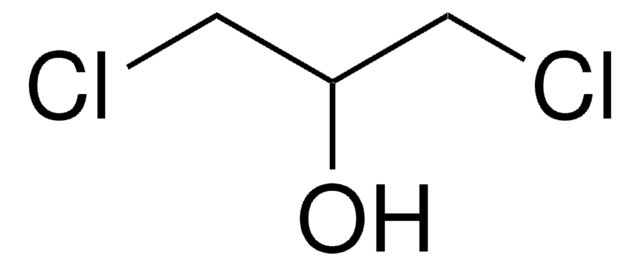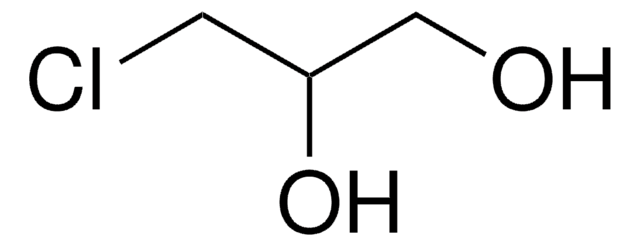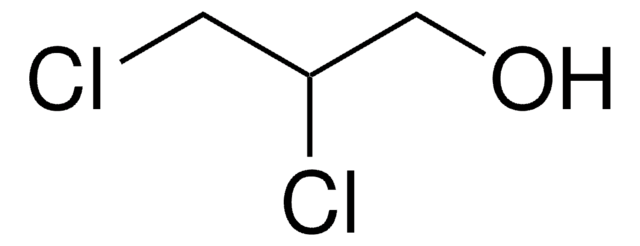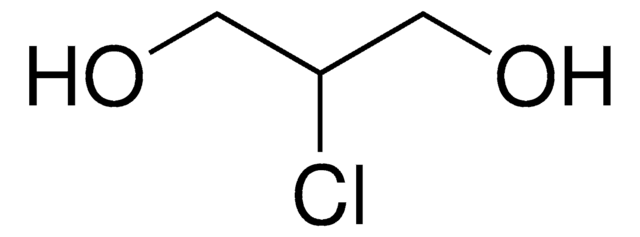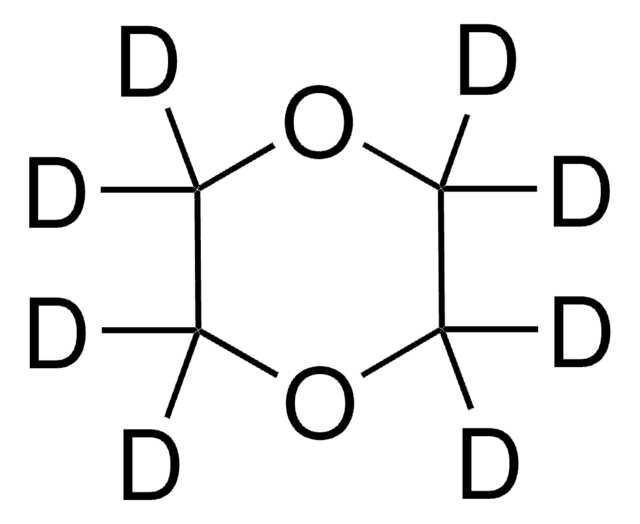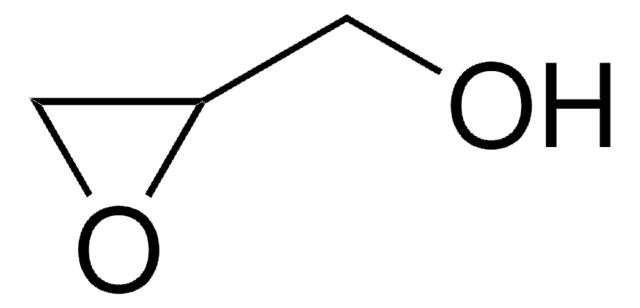48078
1,3-Dichloro-2-propanol solution
certified reference material, 2000 μg/mL in methanol
About This Item
Polecane produkty
klasa czystości
certified reference material
TraceCERT®
linia produktu
TraceCERT®
Certyfikat analizy
current certificate can be downloaded
opakowanie
ampule of 1 mL
stężenie
2000 μg/mL in methanol
metody
HPLC: suitable
gas chromatography (GC): suitable
Zastosowanie
environmental
format
single component solution
temp. przechowywania
2-8°C
InChI
1S/C3H6Cl2O/c4-1-3(6)2-5/h3,6H,1-2H2
Klucz InChI
DEWLEGDTCGBNGU-UHFFFAOYSA-N
Zastosowanie
Inne uwagi
Informacje prawne
Hasło ostrzegawcze
Danger
Zwroty wskazujące rodzaj zagrożenia
Zwroty wskazujące środki ostrożności
Klasyfikacja zagrożeń
Acute Tox. 3 Dermal - Acute Tox. 3 Inhalation - Acute Tox. 3 Oral - Carc. 1B - Flam. Liq. 2 - STOT SE 1
Organy docelowe
Eyes
Kod klasy składowania
3 - Flammable liquids
Klasa zagrożenia wodnego (WGK)
WGK 3
Temperatura zapłonu (°F)
49.5 °F - closed cup
Temperatura zapłonu (°C)
9.7 °C - closed cup
Wykazy regulacyjne
Wykazy regulacyjne dotyczą głównie produktów chemicznych. Można w nich podawać ograniczoną liczbę informacji na temat produktów niechemicznych. Brak wpisu oznacza, że żaden ze składników nie znajduje się w wykazie. Użytkownik odpowiada za zagwarantowanie bezpiecznego i zgodnego z prawem stosowania produktu.
Wybierz jedną z najnowszych wersji:
Masz już ten produkt?
Dokumenty związane z niedawno zakupionymi produktami zostały zamieszczone w Bibliotece dokumentów.
Nasz zespół naukowców ma doświadczenie we wszystkich obszarach badań, w tym w naukach przyrodniczych, materiałoznawstwie, syntezie chemicznej, chromatografii, analityce i wielu innych dziedzinach.
Skontaktuj się z zespołem ds. pomocy technicznej